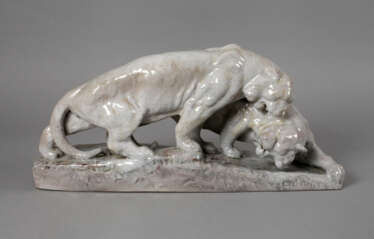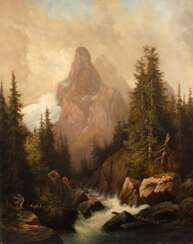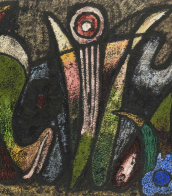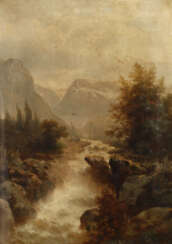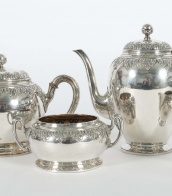else bach

Max Clarenbach was a German painter of the first half of the twentieth century. He is known as a painter, landscape painter, genre painter and teacher and is considered one of the most important representatives of Rhenish painting of his time.
Max Clarenbach made study trips to Italy and Holland early in his career, where he formed his genre preferences and became a landscape painter. His work reflected the influence of the Hague School and the French Barbizonians. The artist skillfully depicted winter scenes and the nature of western Germany. He also painted sports and street scenes.
Clarenbach was one of the organizers of the Düsseldorf Sonderbund and taught at the Düsseldorf Academy of Art.


Søren Hjorth Nielsen was a Danish painter and illustrator. He is remembered for his paintings of the allotments and outskirts of Copenhagen and later for his landscapes of the Bramsnæs Vig area in northwestern Zealand. He was a professor of painting at the Royal Danish Academy of Fine Arts from 1957 to 1971.
His painting was essentially realistic, sometimes bordering on the grotesque. For a time he also worked as a portrait painter. His favourite subjects included the allotments and harbour districts of Copenhagen. His landscapes included summer scenes at Vester Åby on Funen and around Bramsnæs Vig on the west coast of Zealand; the houses and vegetation in the bottom half of the paintings contrasted with the stillness of the low-set horizon. In his later years, he painted a number of summer and winter scenes from his house at Tempelhuse to the south-east of Holbæk.
His work developed from Expressionism in his early years to participation in the renewal of Danish landscape painting. He was also active in etchings and woodcuts covering studies of models at the Academy, sketches during his travels or landscape depictions. He was also a keen draftsman, often producing crayon drawings as a basis for his oils.


Søren Hjorth Nielsen was a Danish painter and illustrator. He is remembered for his paintings of the allotments and outskirts of Copenhagen and later for his landscapes of the Bramsnæs Vig area in northwestern Zealand. He was a professor of painting at the Royal Danish Academy of Fine Arts from 1957 to 1971.
His painting was essentially realistic, sometimes bordering on the grotesque. For a time he also worked as a portrait painter. His favourite subjects included the allotments and harbour districts of Copenhagen. His landscapes included summer scenes at Vester Åby on Funen and around Bramsnæs Vig on the west coast of Zealand; the houses and vegetation in the bottom half of the paintings contrasted with the stillness of the low-set horizon. In his later years, he painted a number of summer and winter scenes from his house at Tempelhuse to the south-east of Holbæk.
His work developed from Expressionism in his early years to participation in the renewal of Danish landscape painting. He was also active in etchings and woodcuts covering studies of models at the Academy, sketches during his travels or landscape depictions. He was also a keen draftsman, often producing crayon drawings as a basis for his oils.


Oswald Achenbach was a German painter associated with the Düsseldorf school of painting. Though little known today, during his lifetime he was counted among the most important landscape painters of Europe. Through his teaching activities, he influenced the Kunstakademie Düsseldorf. His brother, Andreas Achenbach, who was twelve years older, was also among the most important German landscape painters of the 19th century. The two brothers were humorously called "the A and O of Landscapes" (a reference to their initials matching a common German reference to the Alpha and Omega).



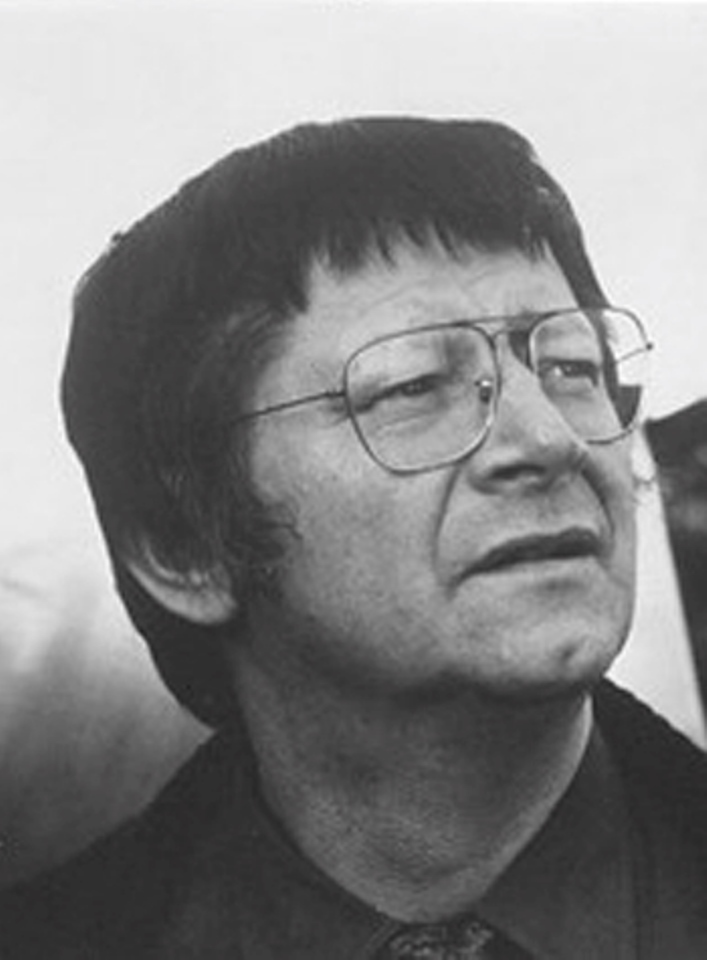
Otto Herbert Hajek was a German abstractionist painter, graphic artist and sculptor.

